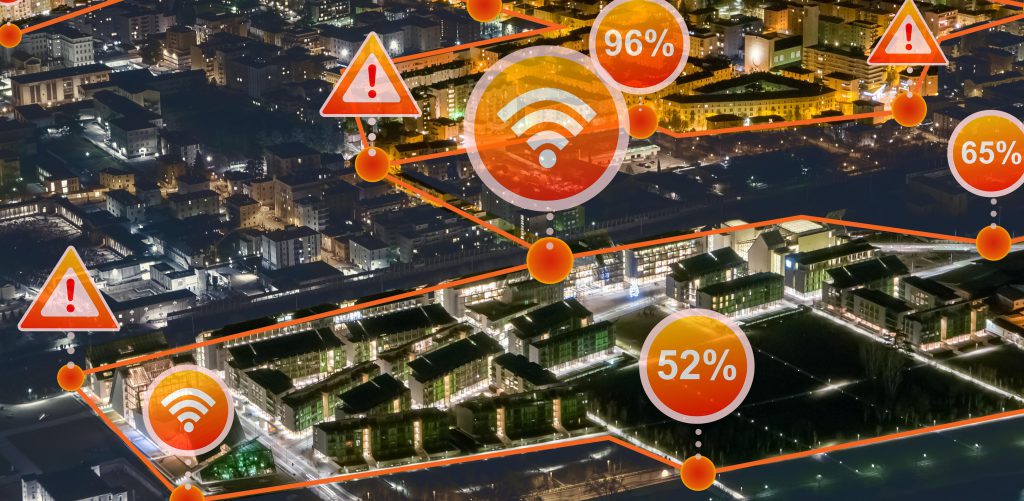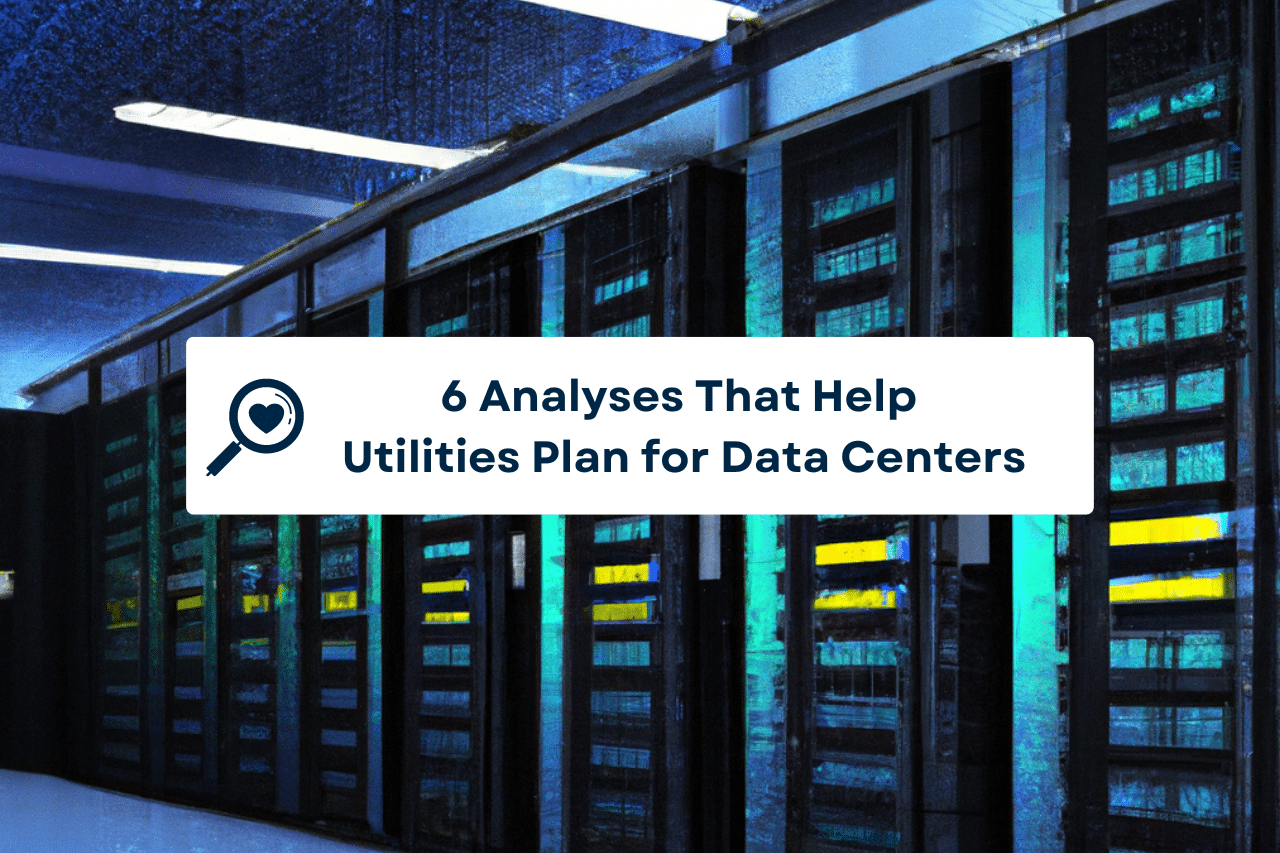The convergence of Operational Technology (OT) and IoT is well underway. The challenge of connecting the ancient grid to modern systems is well known and documented. Grid planners and operators are understanding the need to build a bridge between operations in the physical world and the millions of devices now linked to the network. Integrating these two essential utility facets is key to smoothly transitioning to a smart-grid future.
Internet of Energy (IoE) relates to the Internet of Things technology within the power grid. It involves using grid-connected devices to optimize and effectively manage energy distribution. But before leveraging these devices, operators and planners must be capable of visualizing and understanding grid dynamics through sensors which monitor this flow.

This involves linking grid Operational Technologies (OT) with thousands of devices active in the network. These technologies include systems like DMS, GIS, OMS, and others.
A lack of visibility
Utilities today certainly do not lack data. Many have data silos in various databases and platforms, spread across departments and have no way of accessing it on demand. As a result, a huge amount of value is being left on the table for teams depending on data. Without a one-stop-shop for all data resources, it is virtually impossible to use in related reports, dashboards and forecasting models. Accuracy is generally the casualty.
Unleashing a Utility’s Data
Utility trends all point towards the importance of digitizing the grid. With this comes the need for increased data processing capabilities and visualization tools. Data is a utility’s new crude oil, however, crude oil is a finite resource, whereas data is ever-growing, ever-generating.
Forward-thinking utilities are beginning to understand the importance of building a digital representation, or ‘digital twin’, of their physical assets. Existing data from all resources must be documented and aggregated (operational historians, SCADA, AMI/AMR records, GIS, third-party devices, generation and billing data, etc.). Operators and planners must be empowered with a tool for holistic grid visualization.
For grid operators and planners to gain clear insight into the real-time dynamics of the grid, all measurement data must be accessible from one location. This maximizes accuracy and efficiency between teams. With the ability to manage and maintain an understanding of this energy flow, all areas of the grid can be easily monitored and analyzed. And as we progress further into a renewable world, greater forecasting capabilities and real-time insights will become crucial to maintaining reliability and resilience.
The Convergence of Grid Operations and IoE
– Kristian Steenstrup, Gartner
In order to prepare for a smart-grid future, utilities must harness the true value from all their data. They must use a tool which extracts information from data lakes across the entire organization. Analytics, operations and planning teams can then clearly visualize the true dynamics of the grid. Mapping this data geospatially provides another level of insight and understanding.
As the grid becomes more dynamic, so must the sensors which monitor it. SCADA devices, smart-meters, and reclosers provide valuable insights but do not provide the adaptability and flexibility necessary for today’s dynamic grid. Analytics teams must also leverage dynamic and static sensors with a flexible tool to manage them all.
Continuous Improvement and Preparation for the Future
Awesense’s True Grid Intelligence (TGI) platform makes it easy for utilities to visualize and understand the dynamics of their network. TGI integrates time-series data with existing utility geospatial data, and sets up a flow of information from every device in the grid. Via TGI’s IoT-specialized GIS software, utilities can view the energy flow in a certain segment, feeder or entire distribution grid.
Awesense’s easily deployable, cost-effective Raptor sensors can quickly supplement data-sparse areas, and shift location when required. In this way, utilities unleash an entire new way to interact with and manage their analytics.
The grid of tomorrow requires accurate data, and Awesense’s expertly designed technology is built to provide exactly that. By focusing on the intersection of Operational Technology and Internet of Energy technologies, utilities can transition to a smart-grid future.



